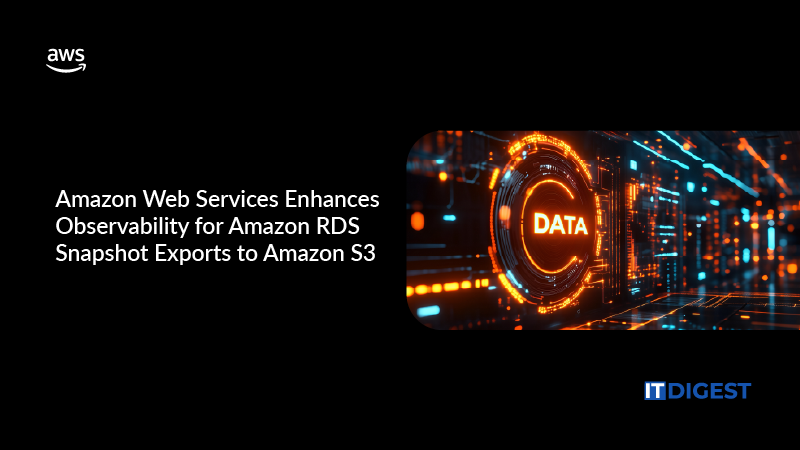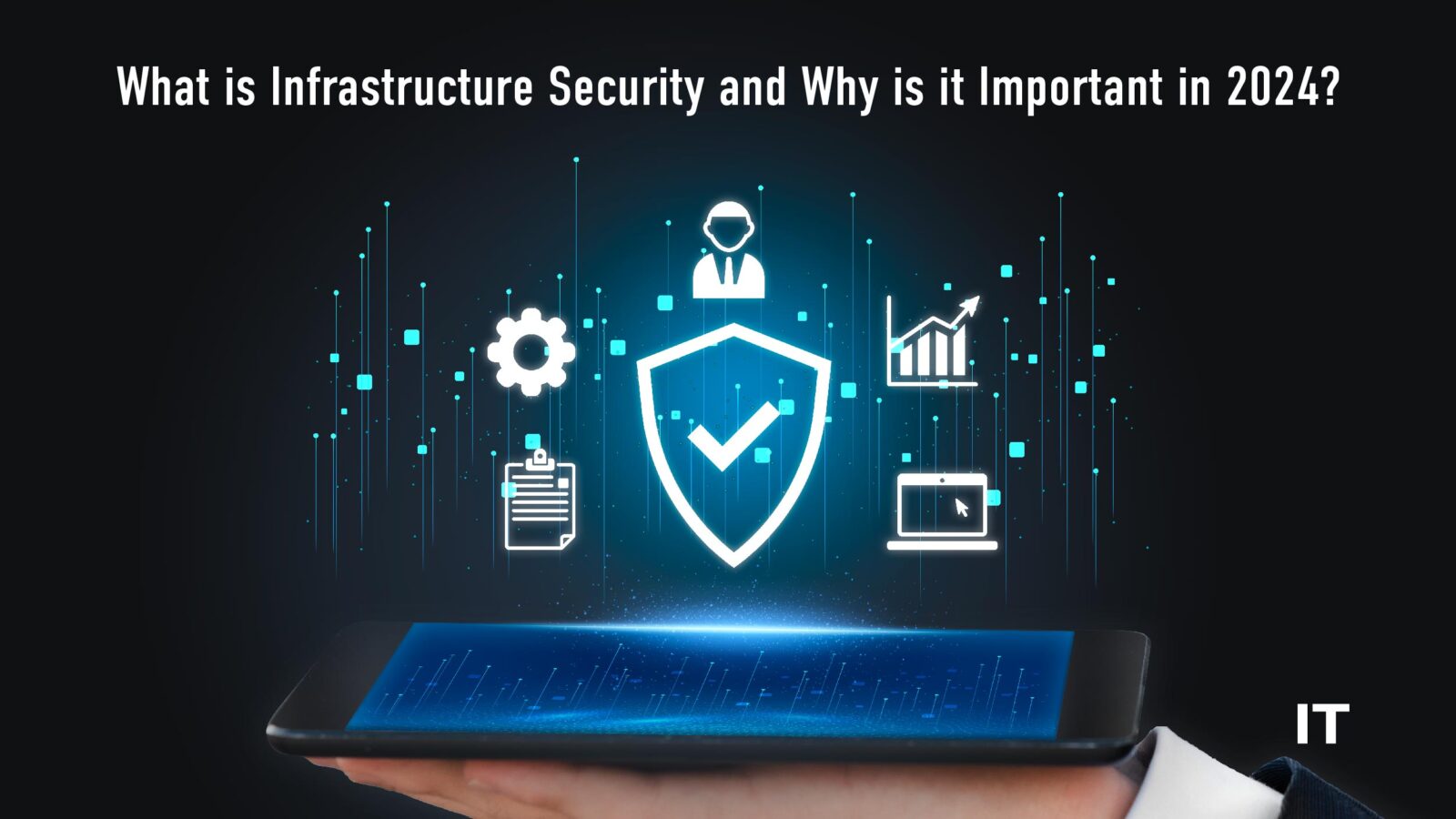In our modern, highly connected society, safeguarding essential infrastructure has become a top priority. The rise in cyber threats and our heavy dependence on technology make protecting infrastructure a critical challenge for organizations in all industries. The issue is straightforward: our vital infrastructure is vulnerable to cyberattacks, which pose serious threats to public safety, economic well-being, and national security. Nearly half, or around 47%, of infrastructure organizations have encountered a ransomware attack within the past 24 months. Let’s understand more about it.
What is Infrastructure Security?
Infrastructure security involves the strategies and actions taken to safeguard crucial infrastructure, particularly technological assets, from a range of threats including cyberattacks, sabotage, terrorism, and contamination. It encompasses the protection of buildings, systems, and data that are indispensable for the operations of organizations and society overall.
Different types are mentioned below:
- Network security: Protecting the integrity and confidentiality of data transmitted over networks to prevent unauthorized access or data breaches.
- Cloud security: Ensuring the security of data, applications, and infrastructure hosted in the cloud, including data encryption, access controls, and robust authentication mechanisms.
- Endpoint security: Securing individual devices, such as laptops, smartphones, and IoT devices, by implementing measures like antivirus software, firewalls, and device encryption to protect against malware and unauthorized access.
What are the Benefits of Infrastructure Security?
 Here’s a breakdown of the key advantages:
Here’s a breakdown of the key advantages:
- Protection of Technology Assets: It acts as a frontline defense against cyberattacks, safeguarding an organization’s technology assets.
- Data Protection: Proper security measures help prevent data theft or compromise, reducing the financial risks associated with potential fines.
- Compliance with Data Privacy Rules: It ensures compliance with evolving data privacy regulations, preserving consumer trust, and protecting sensitive information from attacks.
- Risk Mitigation: Strong security minimizes the risk of damage from user errors, averting potential disruptions and financial losses.
- Protection against Botnets: It measures to defend against botnets, which are commonly used for malicious activities like distributed denial of service (DDoS) attacks.
Also Read: What is Infrastructure as a Service and How Does it Work?
- Resilience to Intrusions and Disruptions: By reducing vulnerabilities and interdependencies, security lessens the likelihood of unexpected failures and disruptions in critical systems.
- Improved Resource Sharing: Effective network infrastructure security facilitates better resource sharing, cuts operational costs, and enables multiple users to utilize network resources securely.
- Constant Support and Monitoring: Cloud infrastructure security solutions offer continuous support and monitoring, ensuring 24/7 protection and peace of mind for data security.
Overall, infrastructure security is essential for safeguarding sensitive data, ensuring business continuity, and mitigating the potential impacts of cyber threats and disruptions on critical systems.
Decoding the Common Threat to Infrastructure Security
 Here are some common threats:
Here are some common threats:
Cyberattacks: Malicious actors use various cyberattacks, like ransomware, DDoS attacks, and data breaches, to disrupt operations, steal information, or gain unauthorized access.
Insider Threats: Employees or individuals with access to infrastructure systems may pose risks through intentional actions like sabotage or unintentional actions such as misconfigurations.
Physical Attacks: Vandalism, theft, or destruction of infrastructure components can disrupt systems and compromise functionality.
Social Engineering: Techniques like phishing or impersonation are used to manipulate individuals into revealing sensitive information or granting unauthorized access.
Network Vulnerabilities: Weaknesses in network infrastructure, such as misconfigurations or inadequate access controls, can be exploited by attackers.
Emerging Threats: Evolving technology introduces new vulnerabilities, like those arising from increased interconnectivity or the Internet of Things (IoT).
Nation-State Attacks: Nation-state actors may target critical infrastructure for various purposes, posing significant risks to national security and public safety.
Why is Infrastructure Security Important?
Protecting infrastructure is crucial for keeping technology and data safe from harm, whether it’s from an attack or a natural disaster. It’s also important to minimize the damage if something does go wrong. The main goal of infrastructure security is to lower the overall risk for a business, which helps reduce the chances of big problems that could disrupt operations or hurt finances. This includes managing risks like cybersecurity threats, financial risks, and risks from third-party involvement.
Today’s businesses rely on complex IT systems, including both in-house and cloud-based systems, as well as a mix of devices like laptops, smartphones, and even IoT gadgets like cameras and sensors. But many of these devices weren’t built with security in mind, so it’s up to the organization to make sure they’re protected.
Infrastructure is like the backbone of a business’s tech setup, so securing it is key to keeping everything running smoothly. Think of infrastructure security as the main plan for keeping everything safe, guiding all the other security efforts a business puts in place. It’s the foundation for making sure all the pieces of the puzzle fit together securely, protecting what’s important to the business.
10 Best Practices for Securing Infrastructure
Here are some recommended best practices for securing infrastructure:
- Prioritize password security: Use strong, complex passwords for all logins, incorporating a mix of uppercase and lowercase letters, numbers, and symbols. Implement two-factor authentication whenever possible for added protection.
- Regularly audit user permissions: Review and update user permissions frequently to prevent unauthorized access. Remove access to services promptly when users no longer require them or upon their departure from the organization.
- Stay Up-to-Date with Patches: Install software patches promptly, especially those containing security fixes. Aim to apply patches on the day of their release to minimize vulnerabilities.
- Utilize Secure Protocols for Internet-Based Assets: Ensure that internet-facing assets utilize secure communication protocols like Secure Shell (SSH) and Secure Socket Layer (SSL) to establish secure channels, even across insecure networks.
- Remove Unused Services and Software: Eliminate unnecessary services and software to reduce potential security risks from idle but active systems. This practice, known as network hardening, enhances the overall security posture.
- Configure firewalls properly: Ensure that firewalls are configured correctly to effectively filter network traffic and prevent unauthorized access. Misconfigurations can render firewalls ineffective, leaving systems vulnerable to attacks.
- Follow Secure Development Practices: Incorporate secure coding practices into software development processes, emphasizing security throughout the development lifecycle. Approaches like Shift Left and DevSecOps promote a security-focused mindset within development teams.
- Implement encryption: Encrypt data wherever possible to protect it from unauthorized access. Encrypted files are considerably more difficult for attackers to exploit if they gain access to the system without the encryption keys.
- Regularly Backup Systems: Perform regular backups of all systems, storing copies offsite to safeguard against data loss from ransomware attacks or other incidents.
- Conduct regular stress testing: Regularly assess system security through comprehensive security scans and penetration tests to identify and address vulnerabilities proactively. This ongoing evaluation helps fortify infrastructure against potential threats.
Different Types of Tools to Safeguard Data
To safeguard your infrastructure and data, consider deploying these types of tools and security measures:
- Firewall: Install a firewall as your first line of defense against various threats, blocking malicious traffic from accessing your internal networks.
- Antivirus or Antimalware Systems: Deploy antivirus or antimalware systems to scan email messages, web traffic, and hardware devices, identifying and removing malware threats before they can infiltrate your systems.
- Penetration Testing and Vulnerability Analysis Tools: Utilize tools for regular or continuous scanning of your network, identifying potential security weaknesses and vulnerabilities that could be exploited by attackers.
- Intrusion Detection System (IDS): Implement an IDS to monitor your network in real-time, detect abnormal behavior or signs of a breach, and issue alerts to mitigate threats promptly.
- Authentication Software: Employ authentication software to monitor user activity on the network, utilizing AI to identify suspicious behavior indicative of compromised credentials.
- Password Auditing Tools: Regularly audit passwords to ensure users are not using weak or vulnerable login credentials, enhancing overall password security.
- Encryption Tools: Implement encryption tools to encrypt sensitive data, rendering it unreadable to unauthorized users and providing an additional layer of protection in case of a security breach.
- Security Information and Event Management (SIEM) Tools: Deploy SIEM tools to automate the monitoring of infrastructure security, analyze security alerts generated by various applications in real-time, and streamline incident response processes.
By leveraging these tools and security controls, you can strengthen your infrastructure’s defenses and mitigate the risk of security breaches and data compromise.
Final Takeaway
Infrastructure security is not just a necessity but a critical imperative in today’s interconnected world. With the increasing sophistication of cyber threats and the reliance on technology, organizations must prioritize the protection of their critical infrastructure.
































